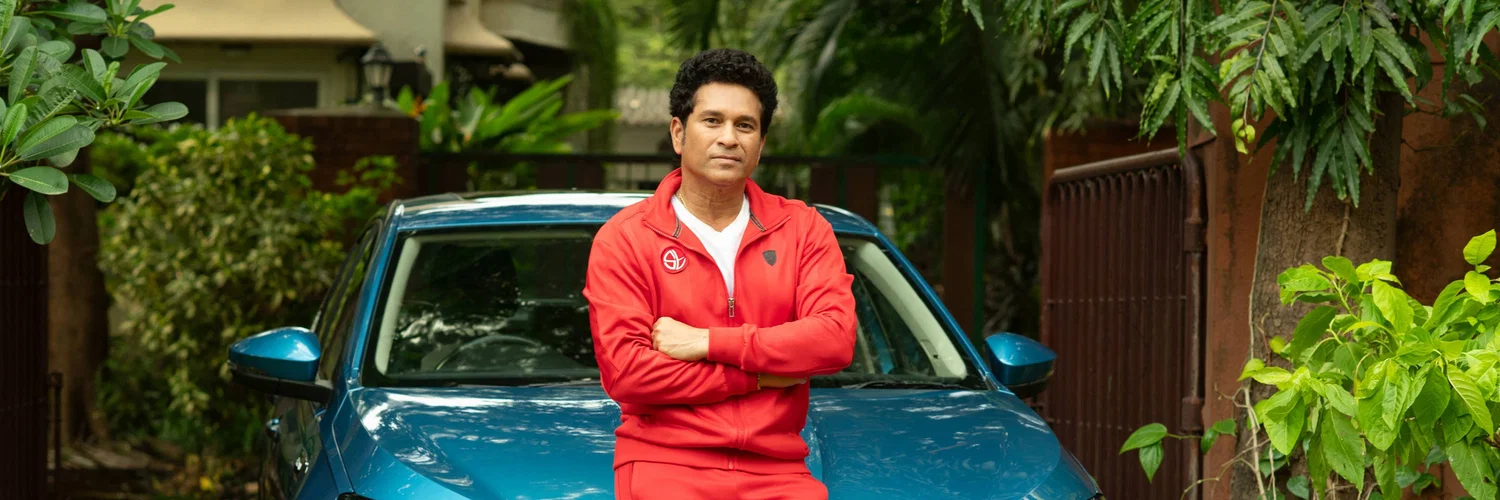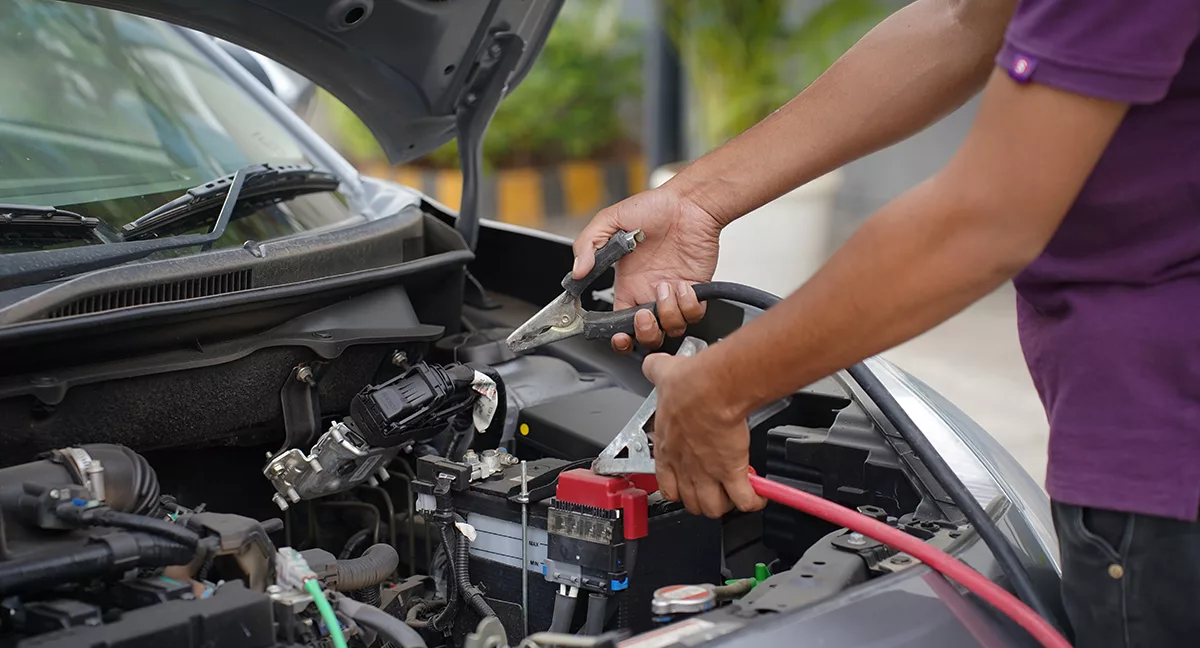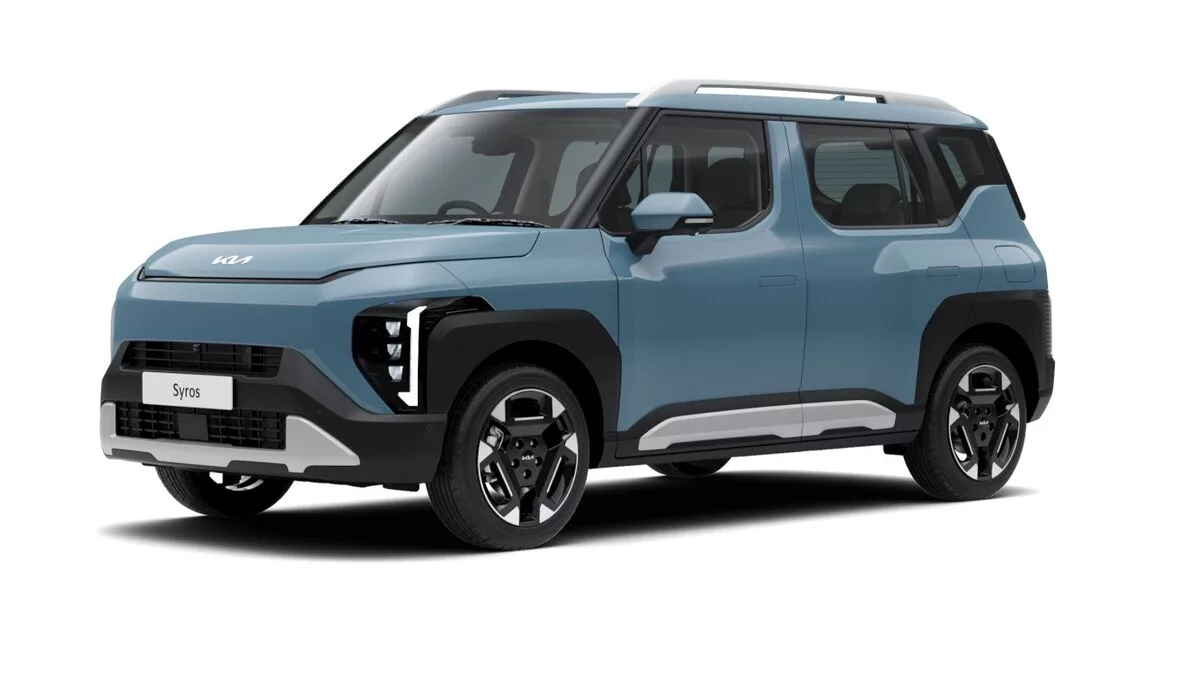Keeping your car’s body pristine and lustrous through its life not only reflects your care but is a matter of immense pride for your car. However, our cars are made of metal and one process that takes a toll on our car’s appearance is rust. While today’s cars come with many rust protection coatings on the exterior surface, some areas of the car are still prone to rusting. From the wheel wells to the undercarriage, rust is an enemy that not only damages the car’s appearance but also reduces the structural integrity of the car. This is everything you need to know about causes of rust, its types, the preventive anti-rust measures you should take, and how to remove rust if it is already on your car.
What causes rust?
Rust is a sort of skin cancer for cars, a disease that gradually erodes steel body parts of the car. Rust forms when iron-based metals come in contact with oxygen in the presence of moisture. While steel’s tensile strength and formability makes it an excellent material for manufacturing cars, it is the impurities in steel that make it prone to rust. While car manufacturers have worked on developing several measures to mitigate rust on their cars, the fact is that rust still manages to degrade the car’s surface.
Is rust-proofing necessary for a car?
There are certain things you need to consider to decide whether or not your car needs rust-proofing. The first one is, the duration you wish your car to stay usable for. If you intend to lengthen the lifespan of your car beyond the warranty period of your car, rust-proofing is something that will come in handy.
The second one is the surroundings of your car, the place you live in, the climatic conditions there. The more humid your environment is, the more prone your car will be to rust.
The third one is the age of your car. If your car is more than 10 years of age, chances are high of it not being manufactured with galvanized steel. The construction of galvanized steel delays the formation of rust, thus improving the rust protection. Older cars without galvanized steel will be more prone to developing rust.
Stages of rust
First stage- The surface rust
Rust usually starts on the bumps, dents, or scratches on the body panel as these spaces either expose the metal underneath or accumulate moisture. This is called surface rust and treatment of it at this stage prevents it from spreading further.

Second stage- The scale rust
When the surface rust is left unattended for a long period of time, bubbles start to form in the car’s paint. It’s because the molecules of iron oxide are bigger than those of steel. The rust spreads itself through expansion, forming flakes of paint and iron. Penetration of rust into the surface leads to pitting and leaves scales of corroded metal.

Third stage- The penetrating rust
If the scales of the rust are untreated and left to develop, the rust penetrates even further inside and reaches body parts that are not easily accessible, and corrodes all the metallic portions of the car’s body. A thoroughly corroded body can’t be treated and will need to be replaced or scrapped.

How to prevent rust from occurring?
Although the anti-rust treatment from experts at any service center is the best option to avoid rust, there are some measures that you could take to distance the possibility of rust from your car.
Car wash
Washing your car frequently ensures the removal of dirt and road grime to reduce the rate of corrosion. The undercarriage of the car is the most susceptible area to rust, so make sure to pay some extra attention here.
Fix the abrasions
Abrasions on the body panels and paint chips leave the metallic body of the car exposed to the environment around. Fix the abrasions with a touch-up pen or repaint the body panel.
Treat the rust spots immediately
Finding the rust at the initial stages is more relieving than it seems, as it could be fixed then and there only, and chances of its further spread could be diminished. Surface or scale rust can be fixed with the help of a primer, coating, and paint.
Wax your car
Waxing the car regularly not only makes it shine but also provides the surface of the car with a coating to protect it from UV rays of the sun and road grime. Waxing also reduces the possibility of scratches.
Home treatment of surface rust

If the situation of the surface rust is quite severe and it has covered a large area over the panel, then it’s best to have it treated at any car service center. However, if only some rust spots are on the body panels or parts, you could fix it yourselves. Here are the steps you could follow to remove the rust spots.
- Use sandpaper and scratch the paint at the periphery of the rust spot. Scratch enough to make the surface as smooth as possible.
- Cover the surrounding areas of the spot with old newspapers or old clothes.
- First, apply the primer, let it dry, and then apply the paint.
- Wash your car thoroughly and then wax it.
FAQs
How often should I rust-proof my car?
Experts advise rustproofing the car every two years. However, it still majorly depends on the condition of the car. The best way is to keep a check on car body panels and other parts and look out for rusty spots, chips, or bubbles.
Why primer is applied before painting?
A primer, which is also called an undercoat, is applied over the body before applying the actual paint. The reason behind this is, layering the paint over primer increases its adhesion, durability, and protection that it provides to the body.
What are the indications of rust in a car?
Rust usually occurs in secluded spaces of a car, however, there are some signs which reflect things going wrong rust-wise.
- Bubbles on the panels, especially on their edges.
- Dents, abrasions, or scratches on the panels eventually rust, if left attended.
- Irregularity or unevenness in the paintwork on the car is usually a sign of rust.
What are the benefits of waxing a car?
Waxing a car after polishing provides it with a protective layer that has several benefits:
- Protection from scratches.
- Prevents the paint from exposure.
- Shines up the car.
- Increases the car’s resale value.
What are the most common locations of rust in a car?
Rust can occur on any metallic component of your car, however there are some locations where the rust is most likely to occur.
- Exhaust pipe
- Suspension
- Floor
- Frame rails
- Doors
- Wheel rims
Important Links
7 Seater Cars | Best Mileage Cars | Used Cars In Bangalore | Used Cars In Delhi | Hybrid Cars in India | Sunroof Cars | Used Cars In Gurgaon | Used Cars In Hyderabad | Used Cars In Noida | Used Cars In Pune | CNG Cars in India | Jeeps in India | Used Cars In Mumbai | Used Cars In Ahmedabad | Types of Cars | Car Brands in India | Used Cars In Chennai | Used Cars In Kolkata | Used Cars in Lucknow | Automatic Cars in India | Luxury Cars in India | Used Cars in Chandigarh | Used Cars in Coimbatore | Used Cars in Indore | Used Cars in Jaipur





